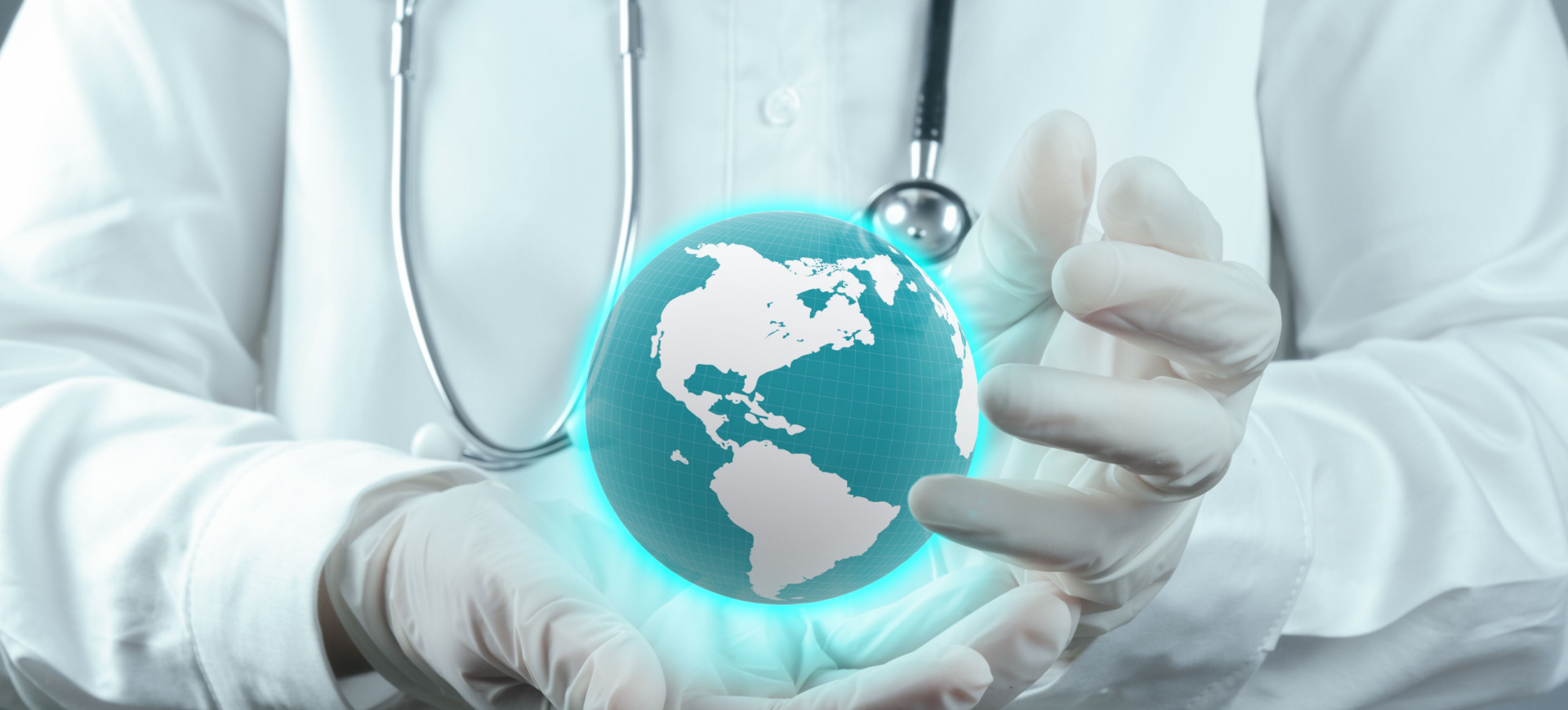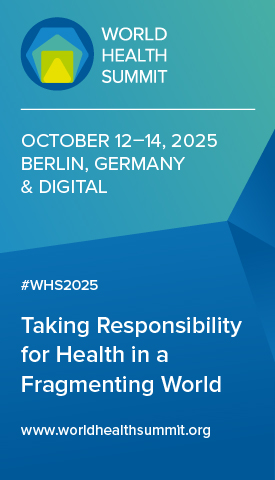Defining the future of global health
Collaboration, not competition, must shape our future health systems, and an integrated approach to global health will help us banish silos forever
In February 2022, a year and a half after Africa was declared free of polio, a case of paralytic polio was confirmed in Malawi. The country and its neighbours responded by increasing surveillance and launching immunisation campaigns. To support these efforts, Tanzania needed additional vaccine carriers – containers to keep vaccines refrigerated during transportation.
The country had already requested 3,000 carriers to support the delivery of Covid-19 vaccines. So Tanzania’s Ministry of Health rapidly coordinated with Gavi, the Vaccine Alliance and UNICEF, arranging for 1,000 of these vaccine carriers to be redeployed for use in the polio campaign, with the cost of airlifting them covered by the buffer built into the country’s COVAX agreement.
This is what integration looks like, and it could be a game changer in boosting immunisation coverage across the Global South.
Covid-19 clearly demonstrated the importance of vaccines in controlling infectious diseases. But at the same time, the disruption caused by the pandemic led to a dangerous backsliding of routine immunisation programmes that prevent other global killers such as measles.
We need to get these programmes back on track. Integrating the huge amount of resources, workforce and innovation that went into fighting the pandemic into these routine services needs to be our priority.
This means building on the healthcare infrastructure that was so quickly established during the Covid-19 pandemic, to deliver routine immunisations more effectively.
Tanzania’s polio campaign is a great example of how existing equipment, vaccines or health services can be leveraged to save money and ensure that missed opportunities for vaccination are reduced.
Repurposing tools
It also means repurposing tools such as digital health apps and data visualisation dashboards to aid planning and data management for other immunisation programmes. Relationships established with community and religious leaders in the context of Covid-19 could be further leveraged to improve health literacy and awareness about the importance of other vaccines.
Integration in health care can also go further than just immunisation. Framing vaccination appointments as opportunities to deliver additional healthcare services could not only boost Covid-19 vaccine uptake but strengthen public health more broadly. It could also cut out some of the administrative burdens associated with these programmes.
For instance, pregnant women attending clinics to receive Covid-19 and influenza vaccines could be offered family planning and nutrition advice, bed nets for malaria prevention, or screened for non-communicable diseases such as diabetes at the same time. If they are accompanied by infants or older children, this could also provide an opportunity to catch up on earlier missed vaccinations and interventions such as nutritional screening, vitamin A supplementation or deworming.
For too many years, disease programmes have operated in silos, competing for funding, human resources and the political will to see them through. So have many of the global organisations tasked with delivering them.
The COVAX initiative developed during the Covid-19 pandemic, which brought together Gavi, the World Health Organization, the Coalition for Epidemic Preparedness Innovations, UNICEF as well as governments, non-governmental organisations and vaccine manufacturers, has demonstrated an alternative way of working – one with information sharing, communication and partnership at its core. With almost 2 billion vaccine doses delivered, and an estimated 2.7 million deaths averted due to the initiative, COVAX illustrates the power of taking an integrative approach to global health challenges.
This is also what Gavi – the organisation I proudly chair – is all about. As an alliance, partnership is at the core of what we do. Working together means we can amplify the strengths of all our partners, drawing upon the pre-existing expertise, resources, stakeholder relationships and infrastructure built up over decades of collaboration with governments to deliver vaccines equitably and affordably.
Strengthening these competencies will be crucial to ensure ongoing progress towards meeting global public health goals, particularly in the face of mounting threats from climate change, environmental degradation and political conflict. It should also leave the world better prepared for future pandemics when they come.
The gaps exposed
However, Covid-19 and other pandemics have also exposed gaps that need addressing. Although COVAX was able deliver Covid-19 vaccines to low-income countries within 39 days of people in high-income countries first receiving them, most early doses still went to the wealthiest countries, with many of their citizens having received a third or fourth dose before hundreds of millions of people in lower-income countries had received their first.
The reasons for this are complex, but what these events have exposed is an urgent need to further diversify global vaccine manufacturing, particularly in Africa. This is why Gavi and its partners are now working closely with the African Union and the Africa Centres for Disease Control and Prevention on a strategy to expand manufacturing capacity on the continent.
Doing so would not only reduce reliance on vaccine imports during health emergencies. It could also establish regional supplies of essential vaccines against other diseases such as measles, rubella, malaria and cholera, for which there is likely to be a long-term demand, strengthening the health and resilience of these vaccine markets.
Like COVAX and the efforts to integrate Covid-19 and routine immunisation, supporting vaccine manufacturing in Africa is about building resilience through the pooling of expertise and resources, and creating facilities that could be repurposed at times of need. If Africa has widespread and diverse manufacturing facilities, some could be rapidly redeployed to produce pandemic vaccines when the need arises.
At the core of integration is a shared vision of what global health should be: a world where everybody is protected.












